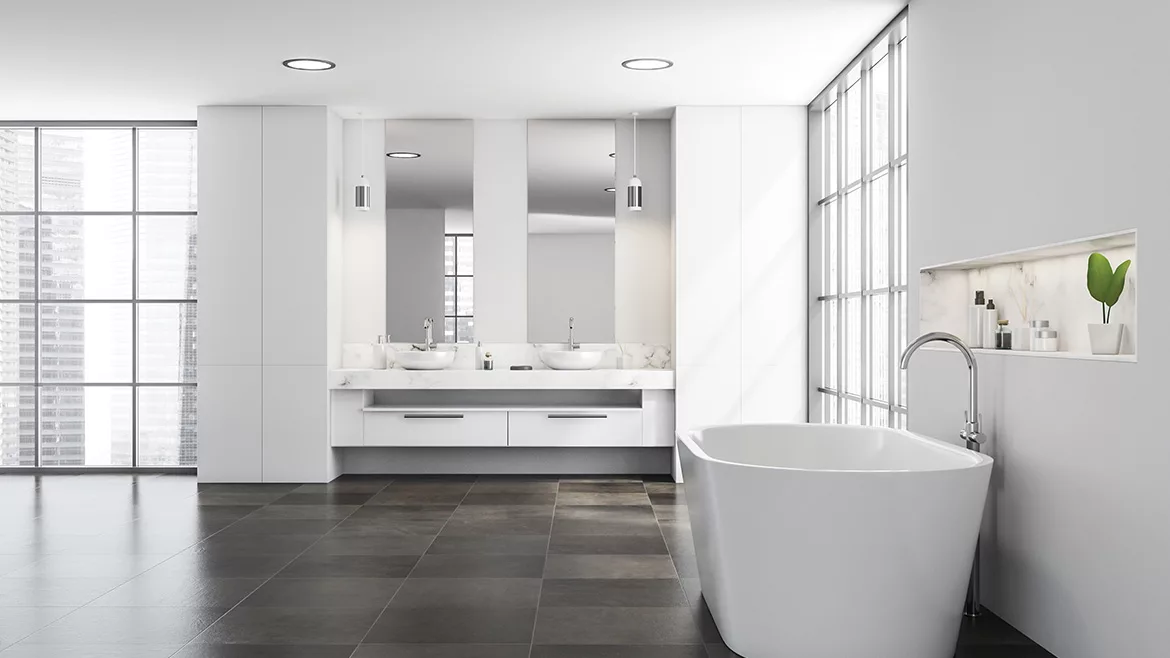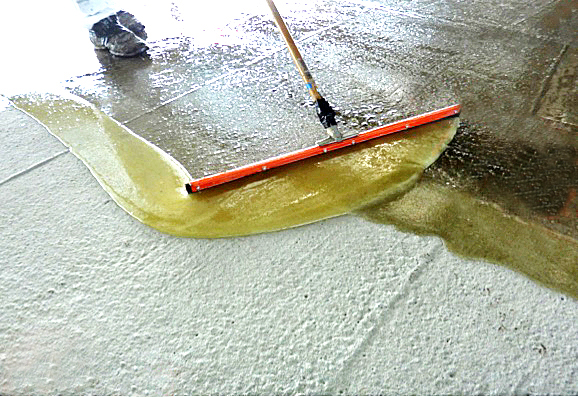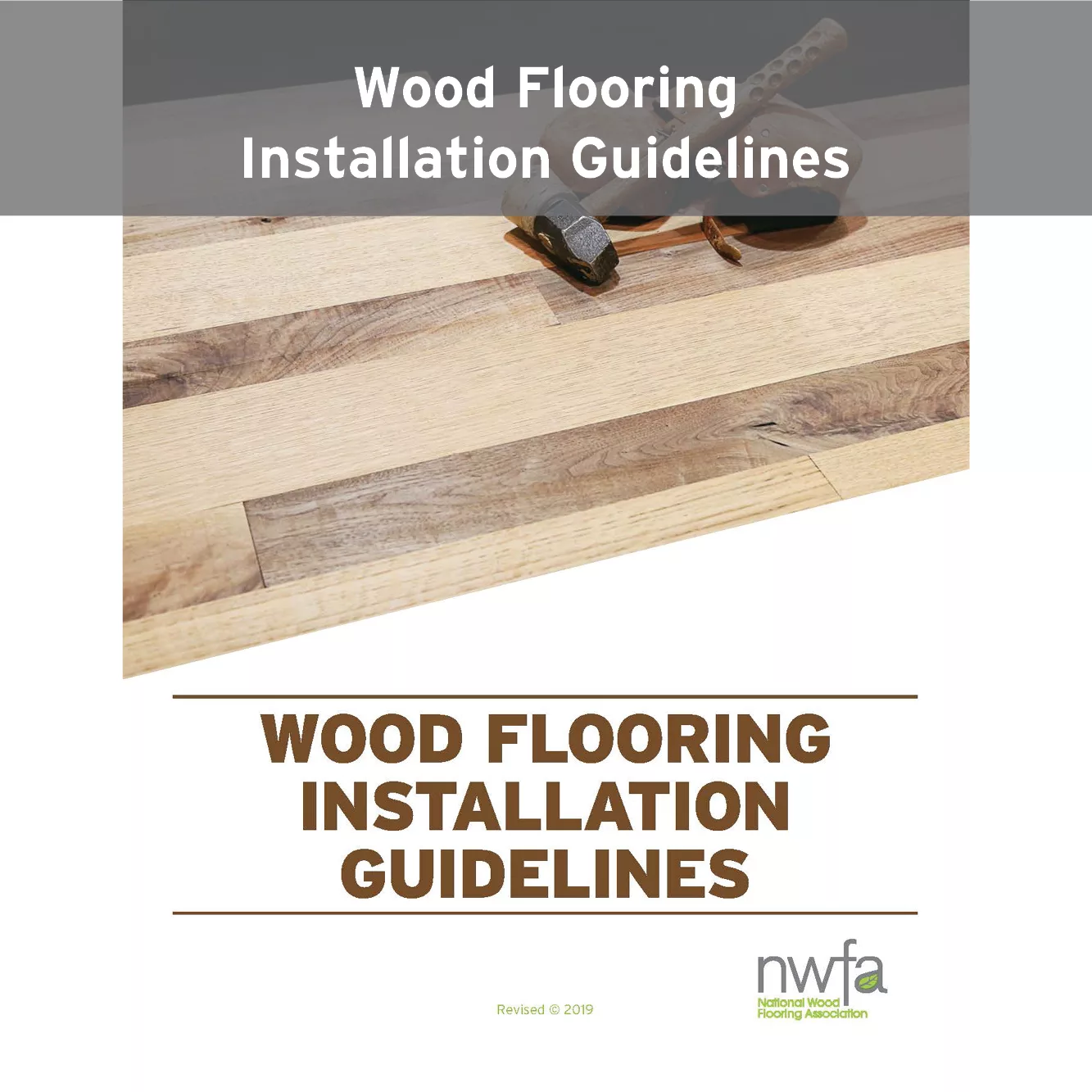How Advanced Moisture Mitigation Techniques are Shaping Tile Installation

Contemporary design, which extensively encompasses large format tiles, poses unique moisture-related challenges.
Photo: Copyright (c) 2021 ImageFlow/Shutterstock.
As most installers know, there's a silent yet formidable factor in tile work that can prove disastrous for a project if not properly addressed: moisture. As someone who collaborates closely with these professionals, specifically in helping them utilize the most effective substrate preparation systems, I've witnessed firsthand the transformative impact of advanced moisture mitigation techniques. My vantage point as a technical and commercial collaborator offers a unique perspective on the evolving trends and challenges in this space.
Moisture mitigation is about preventing the passage of moisture through a concrete slab that can damage flooring and create harmful conditions in an occupied space. But in today's fast-paced construction environment, it's so much more than that. It's about speeding up schedules, enabling flooring to be installed over fresh concrete and ensuring the use of moisture-sensitive flooring without a second thought about the slab's moisture content.
The construction industry is moving at breakneck speed. This acceleration has brought moisture mitigation to the forefront. Gone are the days when waiting for a concrete slab to dry was the norm. Today, moisture mitigation techniques allow for flooring to be installed over newer, recently poured concrete, ensuring schedules that were previously unattainable are met without compromising on quality.

Laticrete Vapor Ban Primer ER is a single-coat, 100% solids, liquid applied 2-part epoxy coating specifically designed for controlling the moisture vapor emission rate from new or existing concrete slabs. Photo: Laticrete.
With design trends leaning towards unique and often moisture-sensitive flooring, the role of moisture mitigation has never been more crucial. It's not just about preventing damage; it's about expanding design possibilities. By effectively managing moisture, installers can confidently lay down any flooring type, irrespective of the slab's moisture content.
Contemporary design, which extensively encompasses large format tiles, poses unique moisture-related challenges. Unlike the older porous ceramics, modern porcelain tiles are practically impermeable. In the past, wider grout joints and porous tiles allowed underlying moisture to escape. However, today's tight, sometimes less than 1/16” grout joints, combined with impervious porcelains can trap moisture, leading to pressure buildups potent enough to jeopardize an entire tile installation. This shift necessitates a reimagining of our approach to moisture mitigation in tile installations.
While traditional two-component 100% solids epoxies have long been the industry standard, there's a shift towards even faster-curing epoxy systems that allow the installation of the flooring system within a few hours. These systems not only offer quicker turnaround times but also provide enhanced bond strength and greater flexibility in application conditions. Additionally, emerging non-epoxy moisture-reducing technologies can be a potential alternative to epoxy mitigation systems in certain less critical applications. It's a testament to the industry's commitment to innovation and excellence.
As the world of tile installation – and construction as a whole – continues to evolve, staying informed and adaptable is key. By understanding and addressing the challenges of moisture mitigation, professionals can ensure that their installations are not only visually stunning but also healthy and built to last.
Looking for a reprint of this article?
From high-res PDFs to custom plaques, order your copy today!




